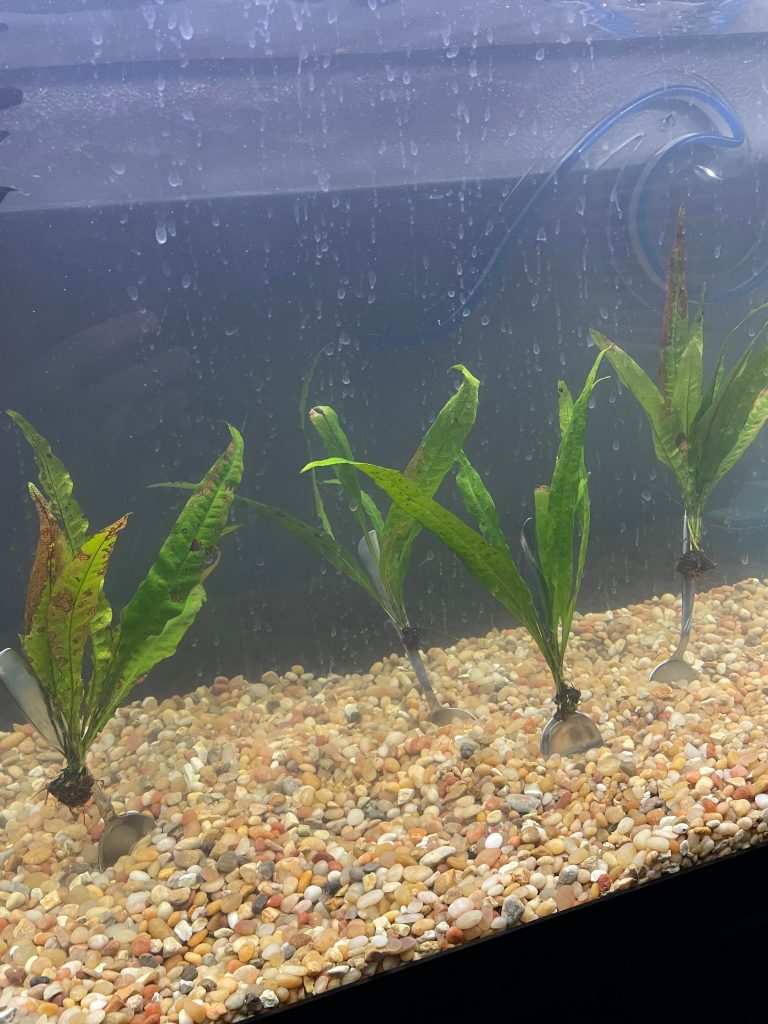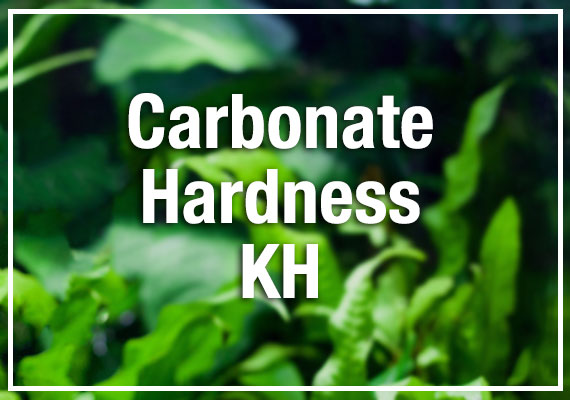How to Deep Clean Your Sea Monkey Tank: A Complete Guide
To clean a sea monkey tank, first, transfer the sea monkeys to a separate container. Then, remove all the tank water and clean the tank thoroughly with warm water and a gentle soap.
Sea monkeys are small aquatic animals that require a lot of care, including regular cleaning of their tank. Neglecting this can lead to the buildup of harmful bacteria that can harm your sea monkeys and even lead to their death.
Cleaning a sea monkey tank involves removing the sea monkeys from the tank, emptying the tank of its water, and then cleaning it thoroughly. The tank should then be refilled with fresh water, and the appropriate amount of sea monkey food and nutrients added to keep the sea creatures thriving. In this article, we will discuss the process of cleaning a sea monkey tank in more detail.
Understanding Sea Monkeys
If you are looking for an exciting and low-maintenance pet, then sea monkeys might be the perfect choice for you. These tiny creatures are a type of brine shrimp that have been genetically bred to be both colorful and easy to care for.
Sea monkeys are popular with kids and adults alike, and they are often marketed as an instant pet that requires minimal upkeep. However, while they are relatively easy to care for, it is still essential to understand their basic needs to keep them healthy and happy.
Introduction To Sea Monkeys
Sea monkeys are a type of small crustacean that normally live in saltwater habitats. In captivity, they are usually housed in small plastic tanks filled with a specially formulated saltwater solution. When you purchase your sea monkeys, they will usually come in a small packet containing eggs and a small amount of food.
Once you add water to the tank, the eggs will hatch, and the larvae will begin to grow. As they mature, the sea monkeys will develop a distinctive shape and color, resembling a miniature version of a seahorse.
The Importance Of Keeping Your Sea Monkey Tank Clean
Keeping your sea monkey tank clean is crucial to their well-being. Dirty tanks can lead to a range of problems, including bacterial infections, algae buildup, and oxygen deprivation. To keep your sea monkeys healthy and thriving, make sure to clean their tank regularly.
Here are a few tips to help you keep their tank clean:
- Change the water and clean the tank every two weeks.
- Use a water conditioner to remove chlorine and other harmful chemicals from the water.
- Replace the water with a fresh supply of the saltwater solution.
- Keep the tank away from direct sunlight to prevent algae growth.
Common Sea Monkey Tank Problems
While sea monkeys are relatively easy to care for, they can still experience problems if their tanks are not kept clean and well-maintained. Here are some common issues you might encounter when caring for your sea monkeys:
- Algae buildup in the tank
- Cloudy water due to overfeeding
- Oxygen deprivation due to overcrowding
- Bacterial infections due to poor water quality
The good news is that many of these problems can be prevented by regular tank maintenance and proper feeding. So, make sure to follow the tips we mentioned above and keep a close eye on your sea monkeys to ensure they stay happy and healthy.
Cleaning Your Sea Monkey Tank
Sea monkeys are a low-maintenance pet that is fun and easy to take care of. However, cleaning their tank is crucial for their health and happiness. Here is a step-by-step guide to deep cleaning your sea monkey tank.
Tools And Materials Required
- Sea monkey tank
- Distilled white vinegar
- Sea salt
- A soft sponge or cleaning brush
- A turkey baster or pipette
- A measuring cup
- A clean towel or microfiber cloth
How Often To Clean Your Sea Monkey Tank
- You should clean your sea monkey tank once a week for optimal health and cleanliness.
- If you notice cloudy water, algae growth or a strong odor, it is recommended to clean the tank immediately.
- A clean tank is essential for happy and healthy sea monkeys.
Step-By-Step Guide To Deep Clean Your Sea Monkey Tank
- Remove the sea monkeys from the tank and place them into a separate container with a similar temperature of water.
- Drain the water from the tank. Be careful not to damage any sea monkey eggs or other things inside the tank.
- Using a soft sponge or cleaning brush, apply white vinegar inside the tank and scrub the walls and bottom of the tank. This will eliminate any bacteria and mineral build-up.
- Rinse the tank with clean water until all the vinegar is removed.
- Mix water with sea salt in a separate container, measuring 1 tablespoon of salt for every 2 pints of water.
- Fill the tank up with the saltwater solution, leaving a little room at the top for air.
- Place the sea monkeys back into the tank.
- Using a turkey baster or pipette, remove any debris or uneaten food floating on the surface of the tank.
- Place the cleaning tools in the dishwasher or clean them thoroughly with dish soap and hot water.
- Finally, dry the outside and inside of the tank with a towel or microfiber cloth.
By following this step-by-step deep cleaning guide, you can ensure the health and happiness of your sea monkeys. Remember, a clean tank is a happy tank for your sea monkeys to enjoy.
Maintaining Your Sea Monkey Tank
Cleaning your sea monkey tank is only half the battle; you also need to keep it well-maintained to ensure your sea monkeys stay healthy and happy. Here are some maintenance tips to consider when keeping your sea monkey tank clean and looking great.
The Basics Of Sea Monkey Tank Maintenance
- Replace 10-15% of the water in your tank each week. This helps remove waste and debris that can accumulate in the water, ensuring your sea monkeys have a clean environment.
- Check your tank’s water quality often, using a water testing kit to ensure levels of nitrite and ammonia are safe.
- Avoid overcrowding your sea monkey tank, as this can lead to harmful waste build-up and disease.
- Always scoop out any uneaten food to avoid ammonia build-up.
The Role Of Filtration Systems
- Filtration systems can greatly reduce the amount of waste and debris in your tank, promoting a healthy environment for your sea monkeys.
- Consider adding a sponge filter to your tank; they are safe and effective, and require minimal maintenance.
- Alternatively, you can add a power filter with activated carbon. This type of filter can remove impurities and improve the water quality of your tank.
Temperature, Light, And Other Environmental Factors To Consider
- Maintain a consistent water temperature of 72-82°f (22-28°c) to keep your sea monkeys comfortable and healthy.
- Light plays a crucial role in the growth and development of sea monkeys. Ensure your tank receives 8-12 hours of indirect sunlight or artificial light each day.
- Avoid placing your tank in direct sunlight or near sources of heat, such as vents or heaters. This can cause rapid temperature fluctuations, which can be harmful to your sea monkeys.
- Keep your sea monkey tank in a quiet, low traffic area to minimize stress on your pets.
Follow these tips to ensure your sea monkey tank is well-maintained and your sea monkeys thrive.
Common Mistakes To Avoid
Common Mistakes To Avoid When Cleaning Your Sea Monkey Tank
Keeping a sea monkey aquarium clean is essential to ensure that your sea monkey pets stay healthy and happy. However, some common mistakes can lead to severe consequences that may harm your sea monkeys. In this section, we’ll highlight some of those common mistakes so that you can avoid them.
Overfeeding Your Sea Monkeys
Overfeeding sea monkeys is one of the most frequent mistakes many sea monkey pet owners make. While it can be tempting to give your sea monkeys more food, overfeeding causes excess food to sink to the bottom of the tank, resulting in bacterial growth, dirty water, and foul odors.
Here are a few key points to keep in mind when feeding your sea monkeys:
- Feed your sea monkeys only once a day, no more.
- Use the small feeding spoon that comes with the sea monkey kit.
- Only give your sea monkeys as much food as they can eat within 2-3 minutes.
Using The Wrong Cleaning Products
Using the wrong cleaning products can harm your sea monkeys and their environment. Cleaning products containing soap, bleach, or ammonia should be avoided as they are toxic to sea monkeys. Here are the key points you need to bear in mind when it comes to cleaning products:
- Use a sea monkey kit aquarium cleaning solution or another aquarium-safe product.
- Avoid using soap, bleach, or ammonia-based cleaners at all costs.
- Rinse the tank thoroughly after cleaning to remove any cleaning solution traces.
Neglecting Regular Maintenance
Neglecting regular maintenance is yet another common mistake many sea monkey pet owners make. Neglecting your sea monkey aquarium will not only harm your pets but also create an unpleasant environment. Here’s what you need to remember when it comes to maintenance:
- Change the tank water every 7 to 10 days or more frequently if needed.
- Check and maintain the water temperature at 20-27°c (68-80 °f).
- Rinse the sea monkey tank gravel every time you change the water.
To summarize, taking care of your sea monkey tank involves avoiding common mistakes such as overfeeding, using the wrong cleaning products, and neglecting regular maintenance. By avoiding these errors, you can keep your sea monkeys healthy, happy, and make sure they thrive in a clean environment.
Frequently Asked Questions For How To Clean Sea Monkey Tank
How Often Should I Clean The Sea Monkey Tank?
Sea monkey tanks should be cleaned once a month. During cleaning, you should change the tank’s water and rinse the tank thoroughly.
What Should I Use To Clean The Sea Monkey Tank?
You can use vinegar, hot water, and a gentle non-toxic cleaner to clean your sea monkey tank. Use a soft brush to clean the tank’s walls and decorations.
Can I Use Soap To Clean The Sea Monkey Tank?
No, you should never use soap or any harsh detergents to clean your sea monkey tank. Soap can be harsh to your sea monkeys.
Is It Necessary To Remove Sea Monkeys To Clean The Tank?
No, you do not need to remove sea monkeys before cleaning the tank. Though, you should keep an eye on them as you clean.
How Can I Prevent Algae Growth In My Sea Monkey Tank?
You can prevent algae growth by keeping the tank out of direct sunlight and removing any uneaten food or dead sea monkeys as soon as possible.
Conclusion
Maintaining a clean and healthy aquarium for your sea monkeys is essential for their overall well-being. By following the step-by-step guide on how to clean sea monkey tank, you can ensure that your pets stay happy and healthy while also being a source of beauty and wonder in your home.
Remember to clean the tank regularly, remove any debris, perform water changes, and use appropriate cleaning supplies to prevent the buildup of harmful bacteria. Always be gentle with your sea monkeys and take the necessary precautions to avoid harming them during the cleaning process.
With a little effort and consistency, your sea monkey tank can stay clean and beautiful for years to come. So, don’t hesitate to give your sea monkeys the care they deserve and enjoy the beauty and joy they bring to your life.







